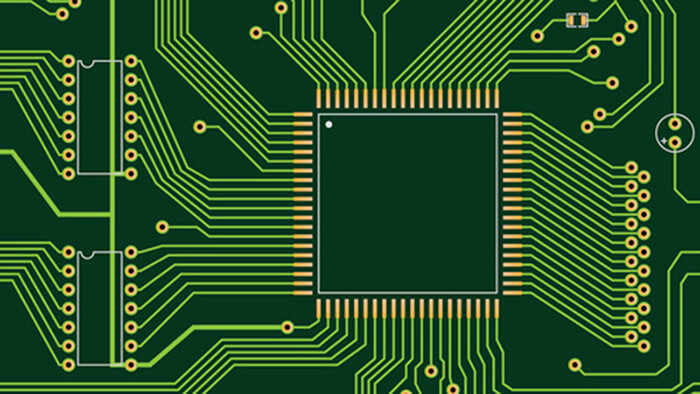The most important process in soldering PCB board processing during soldering plays a decisive role in the quality of the circuit board.
What conditions must be met for PCB circuit board soldering? Below are the 5 Soldering PCB board conditions for your reference.
5 Soldering PCB board conditions
1. The weldment has good weldability
Solderability refers to the properties of an alloy that forms a good bond between the metal material to be welded and the solder at an appropriate temperature.
In order to improve solderability, measures such as tin plating and silver plating on the surface can be used to prevent oxidation of the material surface.
2. The surface of the weldment must be kept clean
Even weldments with good weldability, due to storage or contamination, may produce oxide films and oil stains on the surface of the weldments that are harmful to infiltration.
Be sure to remove the dirty film before soldering PCB board, otherwise, the welding quality cannot be guaranteed.
3. Use proper flux
The function of the flux is to remove the oxide film on the surface of the weldment. Different soldering processes should choose different fluxes.
When welding precision electronic products such as soldering PCB board, in order to make the welding reliable and stable, usually rosin-based flux is used.
4. The weldment should be heated to the proper temperature
During welding, the function of heat energy is to melt the solder and heat the welding object, so that the tin and lead can obtain enough energy to penetrate into the crystal lattice on the surface of the welded metal to form an alloy.
If the soldering temperature is too low, it is easy to form a false solder; if the soldering temperature is too high, the solder will be in a non-eutectic state and the quality of the solder will decrease.
5. Appropriate welding time
Welding time refers to the time required for physical and chemical changes in the entire welding process.
It includes the time for the welded metal to reach the soldering temperature, the melting time of the solder, the time for the flux to function, and the time for the formation of metal alloys.
When the welding temperature is determined, the appropriate welding time should be determined according to the shape, nature, and characteristics of the welded part.
If you have any antenna questions, please read our ANTENNA FAQ section, if you still cannot get the answer you need, please contact us.
You may also be interested in the below articles.




